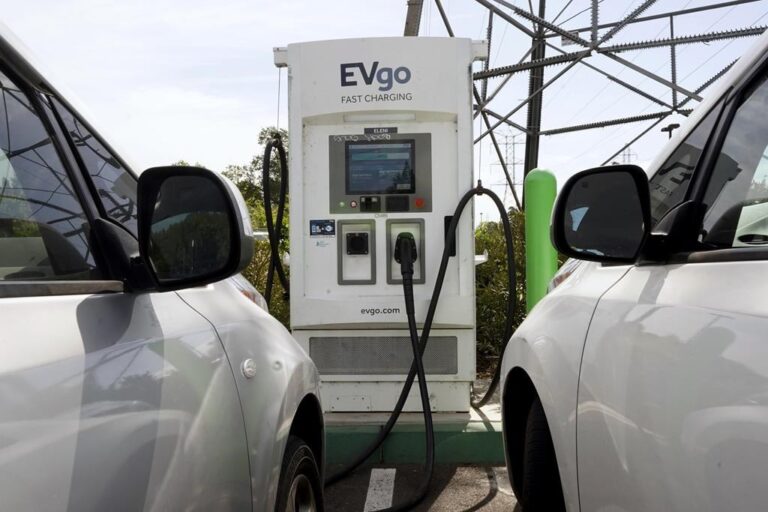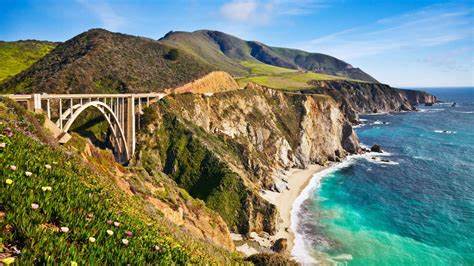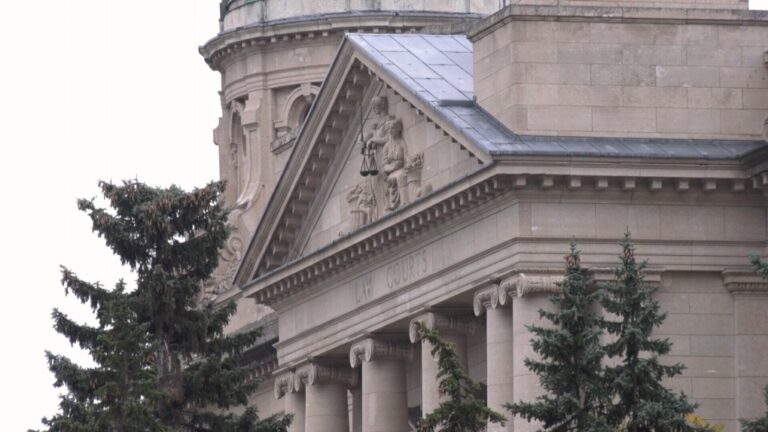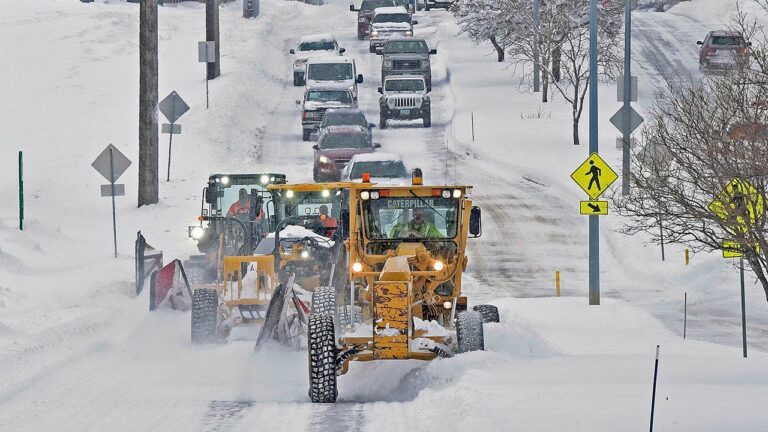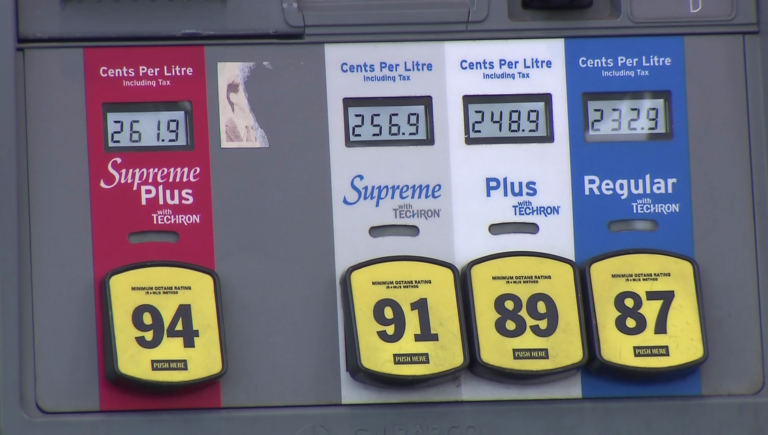After years of uncertainty, the future of salmon farming on B.C.’s coast remains up in the air.
Fish farms are a key part of the salmon industry on Vancouver Island and coastal B.C., employing up to 4,700 people, according to the B.C. Salmon Farmers Association.
But open-net pen farms have also drawn criticism for the risks they pose to wild salmon stocks.
During the 2019 federal election, Prime Minister Justin Trudeau campaigned on a promise to phase out open-net pen farms in B.C. by 2025. Fisheries and Oceans Canada (DFO) plans to have a transition plan in place by June 2023.
That plan still isn’t in place, however, and both those in favour of and opposed to salmon farms in B.C.’s waters are worried time is running out: environmental groups say depleted salmon stocks can’t afford to wait for the transition, while the industry worries about job losses if the transition isn’t handled carefully.

“I think everyone understands the critical state that wild Pacific salmon are in,” said Joyce Murray, minister of fisheries, oceans and the Canadian Coast Guard, on a recent visit to Vancouver Island.
“British Columbians are united in our desire to protect them, which is why I’m working on this transition away from open-net pen aquaculture.”
Concerns over salmon health
In open-net pen aquaculture, fish are raised in cages or nets where water flows freely between the farms and the open ocean.
Environmental advocates and scientists have long sounded the alarm on high levels of sea lice, and other pathogens, spilling over from the farms into wild salmon populations as a result.
Studies in 2011 and 2017 found young sockeye salmon from B.C.’s Fraser watershed are infected with higher levels of lice after swimming past sea farms.

The Cohen Commission on the decline of Fraser River sockeye in 2012 also said the Discovery Islands — located between Vancouver Island and B.C.’s mainland coast — act as a bottleneck along wild salmon migration routes, and eliminating the fish farms was one of its key recommendations.
But movement toward that goal hasn’t been smooth-sailing.
In 2020, previous fisheries minister Bernadette Jordan announced that open-net pen farms in the Discovery Islands would close permanently by June 2022.
But in March 2022, B.C. Premier John Horgan told the Prime Minister that that would cost hundreds of jobs in the province.

15:11Federal government working on transition plan to move away from open-net pen salmon farming on B.C.’s coastLast month federal fisheries minister Joyce Murray spent a week Vancouver Island holding consultations. The federal government’s goal is to phase out open-net pen salmon farms by 2025. CBC Victoria reporter Emily Vance spoke with people about what is at stake and where the industry might be headed.
A statement from the First Nation Wild Salmon Alliance says more than 100 First Nations support the transition away from open-net farms and has called on Ottawa to “stay the course.”
“We are deeply concerned that wild salmon runs in B.C. have suffered from the impacts of fragmented management decisions at both the federal and provincial levels, decisions that have contributed to the precarious extinction-level state of wild salmon and which must now be corrected if we are to see wild salmon runs successfully rebound,” said Bob Chamberlin, spokesperson and member of the Kwikwasut’inuxw Haxwa’mis First Nation.
Search for solutions
It remains to be seen what a transition from open-net pen salmon aquaculture would look like.
A discussion framework put forward by the DFO leaves the door open for farms to remain in the water as it looks to “progressively minimize or eliminate interactions” between cultured and wild salmon.
Murray says they are looking to the industry to come up with innovative solutions, which potentially include semi-closed marine containment systems that reduce, but do not eliminate, interaction between wild and cultured salmon.
But some say the federal government’s timeline is insufficient to come up with innovative, sustainable solutions — and to secure funding from investors to help implement those solutions.

“Two years just makes people nervous, makes employees nervous, investors nervous and they’re reluctant to invest,” said Ruth Salmon, interim executive director of the B.C. Salmon Farmers Association.
At the heart of the debate is whether fish farms should be allowed to stay in the water at all.
Groups like the First Nation Wild Salmon Alliance say no, and are calling for a land-based, closed-containment system where salmon are raised outside of the ocean and rivers with no chance of coming into contact with wild stocks.
But the Coalition of First Nations for Finfish Stewardship — which works with a number of First Nations on B.C.’s coast that have negotiated agreements with aquaculture companies in their territories — say that plan is too costly and would likely result in the collapse of the salmon industry altogether.
“We don’t have enough square footage to be able to build a facility that would be … economically viable,” said Dallas Smith, coalition spokesperson and member of the Tlowitsis First Nation.
Smith says the coalition is looking into semi-closed options — but Chamberlin worries that still poses a risk to wild fish.
“It does not have water filtration. It still allows for the introduction of disease and pathogens into the water column … it’s not doing a protective measure for wild salmon,” he said.
“It’s the same box with a different ribbon.”
Search : cbc https://www.cbc.ca/news/canada/british-columbia/open-net-pen-farms-british-columbia-1.6646521


